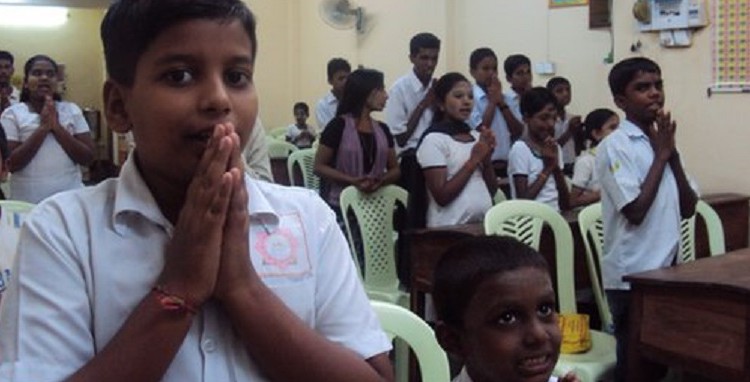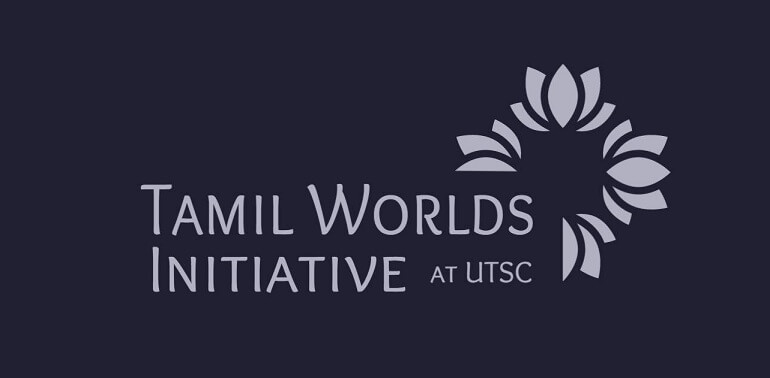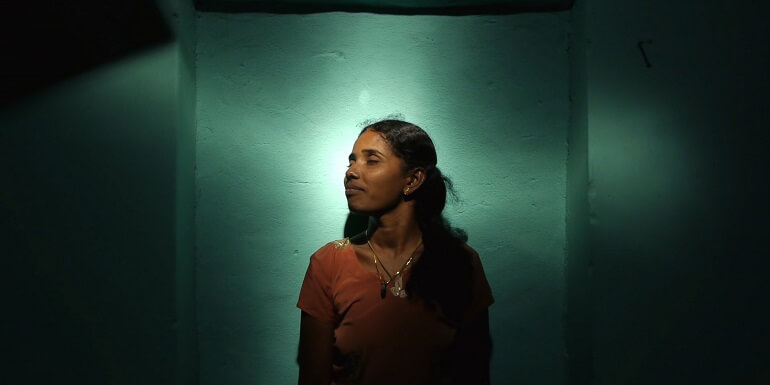People of Indian origin make up of roughly 2% of Myanmar’s 55-million population, but the experiences of Tamil people – who comprise the largest group – have veered from one extreme to the other in the past 200 years.
After independence in 1948, the introduction of land reforms, the imposition of the Burmese language and the decision to give preferential treatment to the majority Burmese community pushed Tamils down in the social hierarchy.
They are now trying to revive their language and culture by opening new schools.
Tamils from south India began migrating to Myanmar – also now known as Burma – during the early 19th Century.
Political upheavals
But unlike indentured labourers who went from India to counties such as Sri Lanka and South Africa , Tamils in Burma were not taken on by the colonial administration.
Instead they worked as agricultural labourers for members of the traditional merchant caste known as Nagarathars.
“We have a temple which was built in 1836. Some say the first Tamil settlers arrived in 1824,” says Dhanapal, a trader living in the port city of Mawlamyine.
At the turn of the 20th Century, Tamils established themselves in agriculture and trade in what was then Burma.
But their fortunes took a huge downturn during the World War Two and subsequent political upheavals.
After the Japanese invasion of Burma, many thousands of Tamils who worked in urban areas for the British colonial administration returned to India.
Once independence was secured, the Burmese government introduced land reforms and took over vast tracts of irrigated land and businesses as part of a nationalisation drive.
‘Permanent damage’
The imposition of the Burmese language as the medium of instruction – combined with the forced closure of Tamil schools in the 1960s – triggered another wave of reverse migration…read more.
-Image courtesy of BBC News Asia

 Guest Contributor
Guest Contributor





